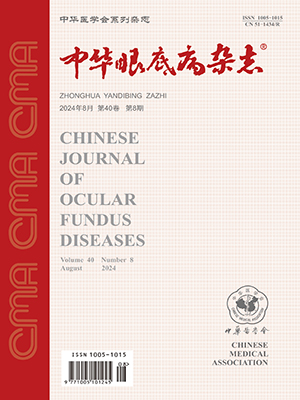Objective To evaluate the application of tendency-oriented perimetry (TOP) in detecting the visual function of glaucoma. Methods The traditional threshold perimetry (Normal/Normal strategy) and TOP (TOP/Normal strategy) carried out by Octopus 101 perimetry were used to examine the visual field of 20 normal subjects (20 eyes), 32 cases (32 eyes) of primary open-angle glaucoma (POAG), and 14 cases (14 eyes) of suspected POAG, respectively. The visual field outcomes, indices, point by point threshold variability and defective points of the two perimetries were compared and analysed. Results The negative rate of TOP was 90% in normal subjects. The positive rate of TOP was 75% in POAG , and 100% in middle and late stage of POAG. The visual field indices of two perimetries were positively correlated, with mean sensitivity (MS) of r=0.9335, mean defect (MD) of r=0.9189, and loss variance (LV) of r=0.9621. The point by point threshold variability and defective points of TOP were higher than those of traditional threshold perimetry, but the difference between the two perimetries was not significant (P=0.2019, P=0.4448). Conclusion The visual field indices of TOP and traditional threshold perimetry are positively correlated. The sensitivity and reproducibility of TOP are high in detecting the visual function of middle and late stage of POAG. (Chin J Ocul Fundus,Dis, 2002, 18: 269-272)
Citation: ZHONG Yisheng,YE Wen,GAO Jun,et al. The comparison between tendency-oriented perimetry and traditional threshold perimetry. Chinese Journal of Ocular Fundus Diseases, 2002, 18(4): 269-272. doi: Copy




